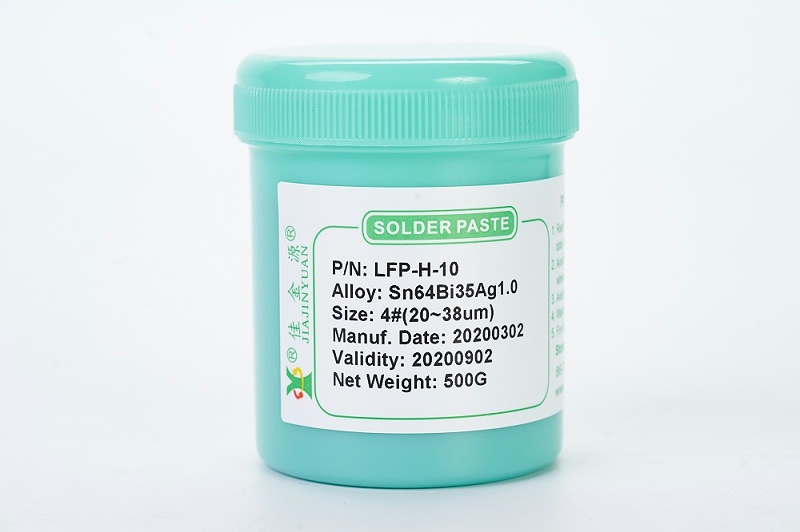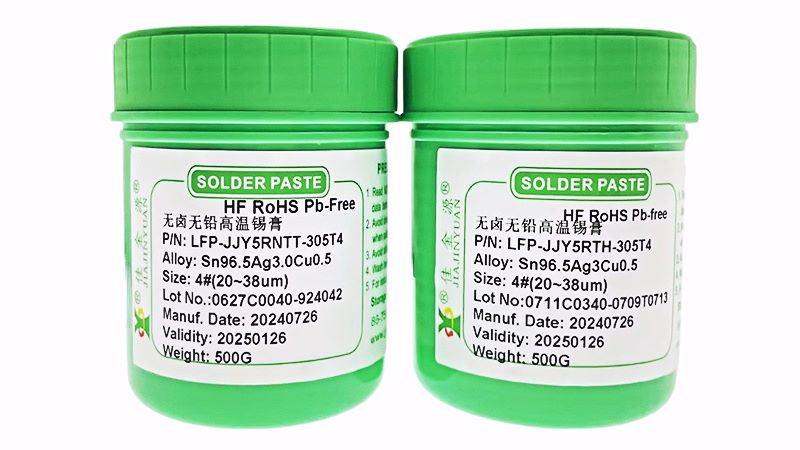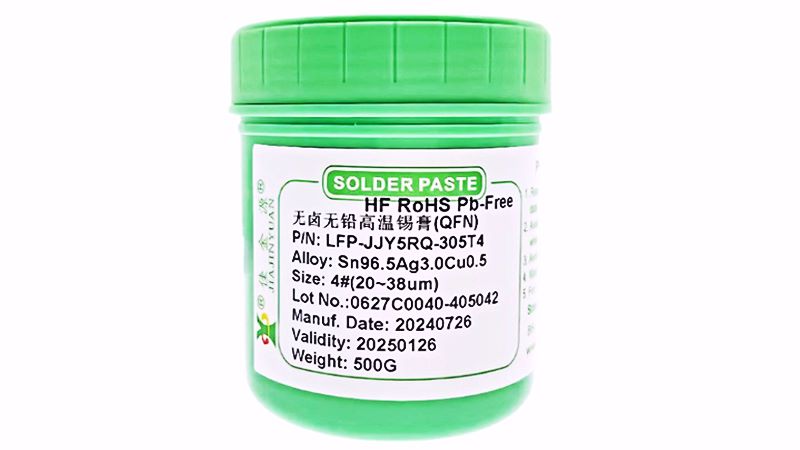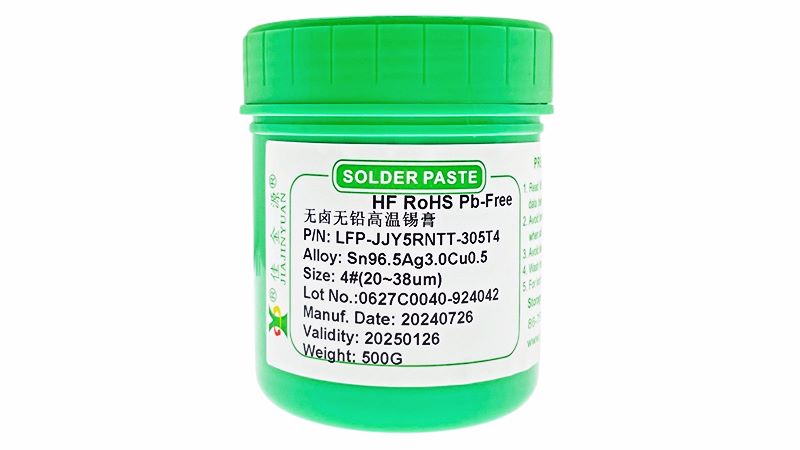During the process of soldering lead-free solder paste, we often observe some unsoldered phenomena: solder Bridges form between adjacent leads. Why does this problem occur? Today, the solder paste manufacturer will talk to everyone about:
Under normal circumstances, various reasons that can cause solder paste to collapse can lead to incomplete soldering. These reasons mainly include:
1The furnace temperature rises too quickly.
2The thixotropic property of lead-free solder paste is too poor or its viscosity recovers relatively slowly after shearing.
3Too low metal load or solid content;
4The particle size distribution of the powder is too wide.
5The surface tension of the flux is too small.

Apart from the causes of solder paste collapse, there are also some other factors that are common causes of incomplete soldering:
1Compared with the space between the solder joints, much solder paste is deposited.
2Excessively high heating temperature;
3The heating rate of solder paste is faster than that of the circuit board.
4The flux wets too quickly;
5The vapor pressure of the flux is too low;
6Where the solvent content of the flux is too high;
7The softening point of the flux resin is too low.
Special Note:Lead-free solder pasteDuring soft melting, under the push of surface tension, the unsoldered solder after melting may break, and the loss of solder will make the problem of unsoldered solder even more serious. In this case, the excessive solder accumulated in a certain area due to solder loss will cause the molten solder to become too abundant and difficult to break.





 Tel:+86 0755 88366766
Tel:+86 0755 88366766 Phone:+86 18938660310
Phone:+86 18938660310 Email:sales@jjyhanxi.com
Email:sales@jjyhanxi.com Address:13/F,12/F, Building No. B,Qinghu Technology Park,Qingxiang Rd.,Qinghu Community, Longhua Subdistrict,Longhua District,Shenzhen City,GUANGDONG Province,P.R.C.(518027)
Address:13/F,12/F, Building No. B,Qinghu Technology Park,Qingxiang Rd.,Qinghu Community, Longhua Subdistrict,Longhua District,Shenzhen City,GUANGDONG Province,P.R.C.(518027) Guangdong Public Security Backup 44030902002666 name
Guangdong Public Security Backup 44030902002666 name
 WeChat
WeChat WeChat official account
WeChat official account
